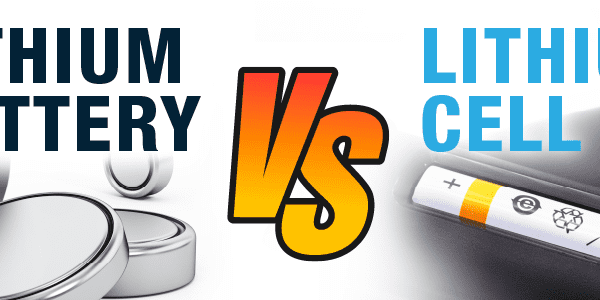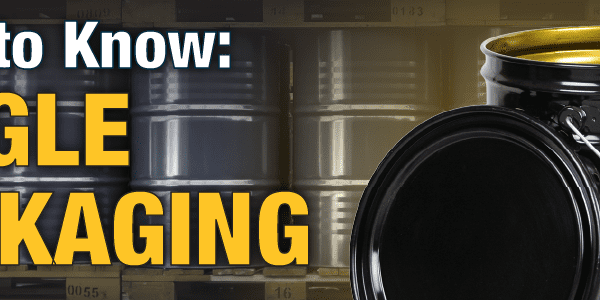WHMIS Labels Format, How ICAO and IATA are Related, Shipping Residues, and IATA Documentation
Welcome back to the Regulatory Helpdesk where we answer your dangerous goods & hazmat questions. We’re here to help you become independent with – and understand the whys and hows – of the regulations.
WHMIS Labels Format
- Q. Is there a specified format for WHMIS 2015 workplace labels?
- A. No. The information is specified but not the format. Pictograms may assist employees in quickly identifying the hazards/precautions; and may simplify employer creation of substitute “supplier” labels.
This is especially true when employees have been trained in the GHS-based WHMIS 2015 system. Employers must ensure training has been provided if GHS pictograms are used on workplace labels during the transition period.
ICAO/IATA Relationship
- Q. Is a risk of non-compliance in using IATA DGR given that government regulations specify compliance with ICAO Technical instructions?
- A. IATA DGR states in §1.14 that they contain all of the ICAO TI requirements and add additional restrictions. Thus, complying with IATA DGR will ensure compliance with ICAO TI. As with all regulations, it is important to keep aware of amendments/corrigenda between publication dates.
Shipping Residues (TDG)
- Q. When we are shipping residues…. Can we and how do we indicate ‘Residue last contained’ on the transport document.
- A. If the quantity of dangerous goods in a means of containment is less than 10 per cent of the maximum fill limit of the means of containment, the words “Residue — Last Contained” or “Résidu — dernier contenu” may be added before or after the description of the dangerous goods.
For example:
Residue – last contained, UN1993, Flammable Liquids, N.O.S. (toluene), class 3, PG II
Or
UN1993, Flammable Liquids, N.O.S. (toluene), class 3, PG II, Residue last contained.
IATA Declaration: Title and Place
- Q. Do I have to add the Title and place on a shipper’s declaration form?
- A. In the IATA 59th edition, Title of Signatory and Place became optional (§8.1.6.13 &.14). The examples shown on Page 722-727 still show “title and place”, but they are not filled in. Our understanding was that IATA felt that it would be very costly to industry to change the forms themselves.






 ICC USA
ICC USA ICC Canada
ICC Canada